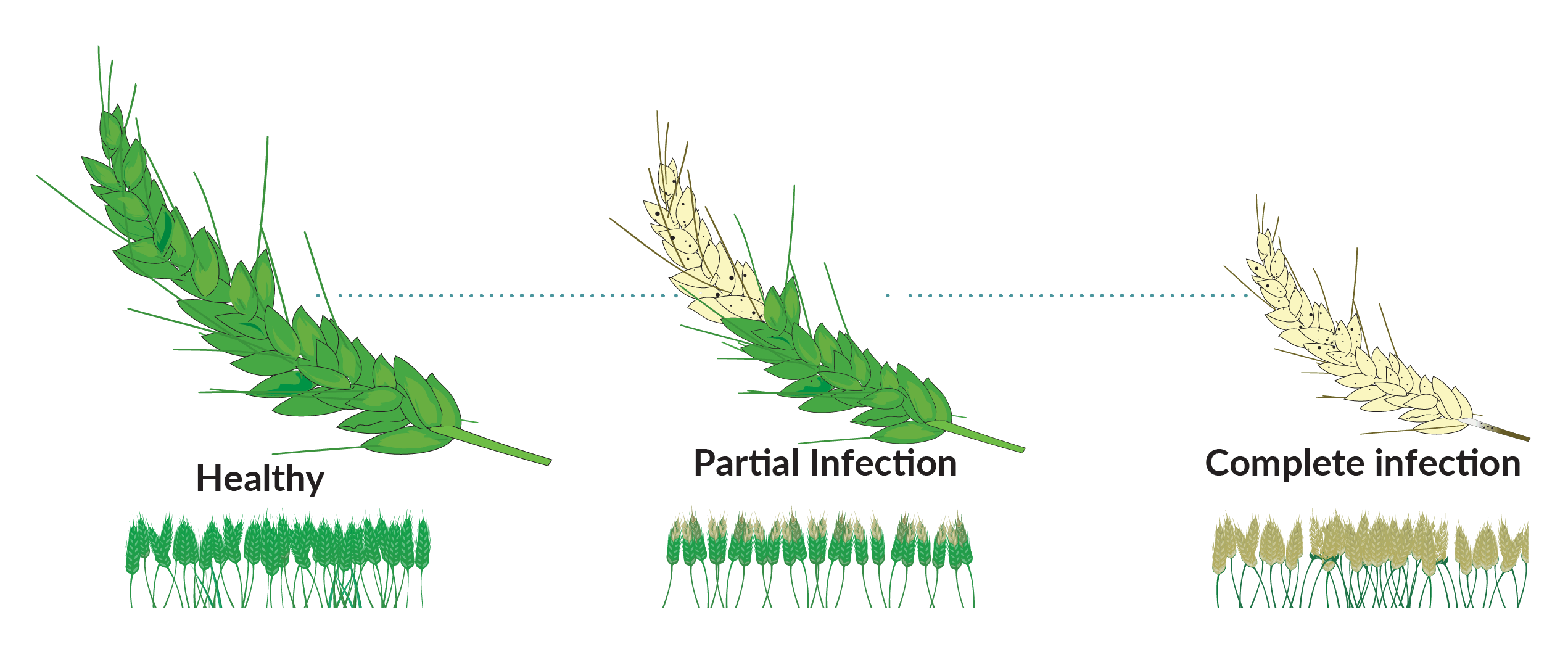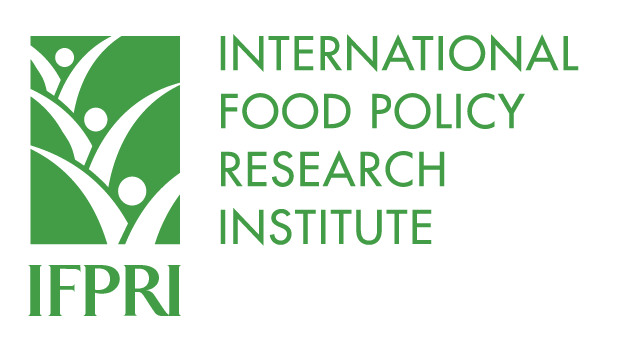What is wheat blast?
- From
-
Published on
11.12.19
- Impact Area
-
Funders
Australian Centre for International Agricultural Research, Bangladesh, India, Sweden, United States Department of Agriculture, United States of America

There are no widely available resistant varieties, and fungicides are expensive and provide only a partial defense. They are also often hard to obtain or use in the regions where blast occurs, and must be applied well before any symptoms appear — a prohibitive expense for many farmers.
Researchers from the International Maize and Wheat Improvement Center (CIMMYT) are partnering with national researchers and meteorological agencies on ways to work towards solutions to mitigate the threat of wheat blast and increase the resilience of smallholder farmers in the region. Through the USAID-supported Cereal Systems Initiative for South Asia (CSISA) and Climate Services for Resilient Development (CSRD) projects, CIMMYT and its partners are developing agronomic methods and early warning systems so farmers can prepare for and reduce the impact of wheat blast.
Related news
-

KOICA, UPLB, IRRI Partnership Establishes a Genomic Powerhouse to Future-Proof Agriculture
International Rice Research Institute (IRRI)01.07.25-
Food security
LOS BAÑOS, Philippines (26 June 2026) — KOICA, UPLB, and IRRI came together to showcase…
Read more -
-

A Quest for Market- and Farmer-Aligned Rice Varieties in Mozambique
International Rice Research Institute (IRRI)01.07.25-
Food security
Quelimane, Mozambique (11 June 2025) — Mozambique is taking steps toward a more market-responsive …
Read more -
-

Sudan’s prolonged conflict could slash GDP by over 40% and push millions deeper into poverty, new IFPRI study warns
International Food Policy Research Institute (IFPRI)30.06.25-
Food security
Press Release - June 30, 2025 A new study by researchers at the International Food Policy Research…
Read more -
